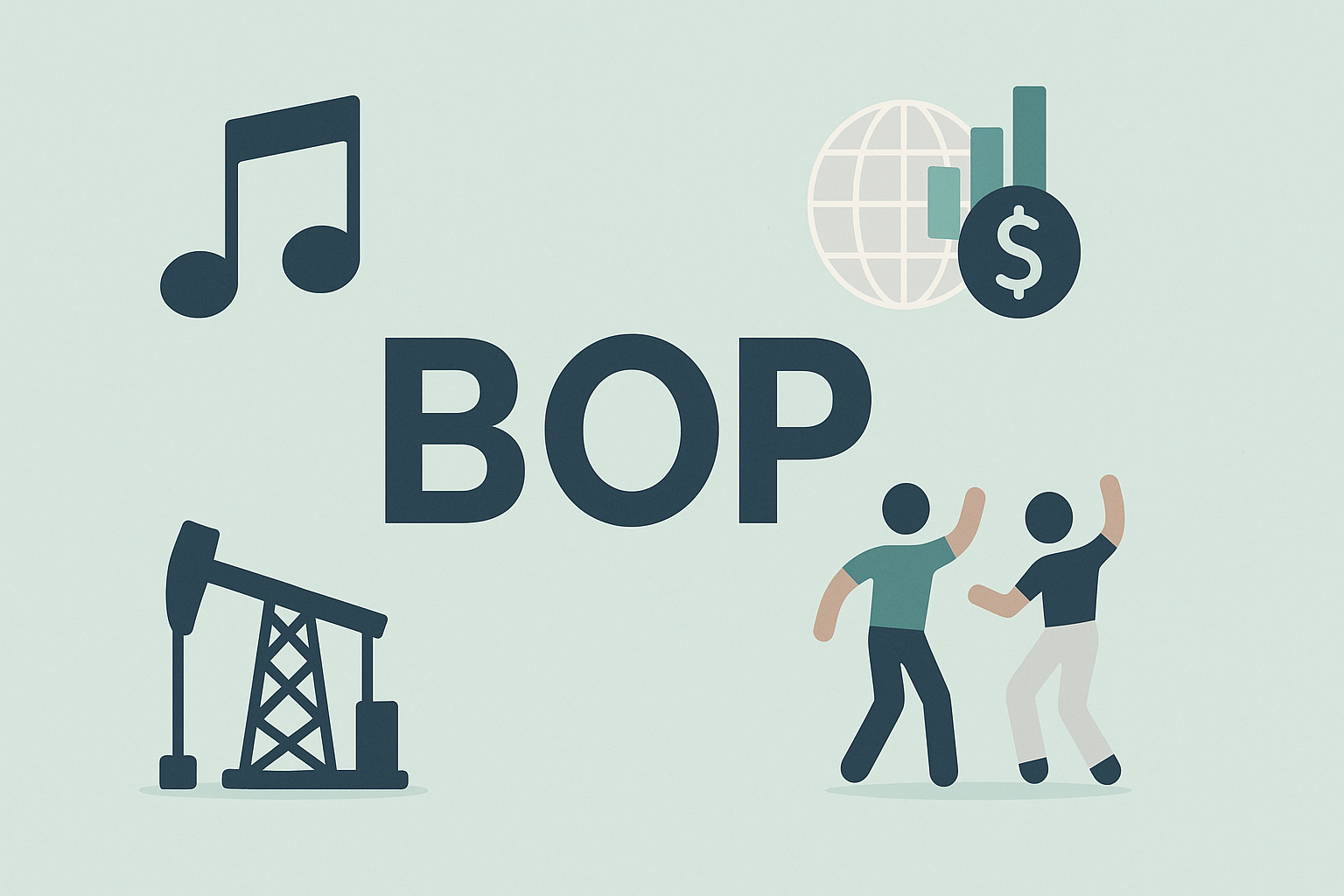There's something oddly hypnotic about watching the world's most valuable companies duke it out at the top. The trillion-dollar club—that rarefied air breathed only by tech titans like Apple, Microsoft, and more recently Nvidia—has become capitalism's Mount Olympus.
But I'm more interested in who's climbing the mountain next.
Having tracked market valuations since the days when a $100 billion valuation was considered astronomical (remember when we thought Cisco might be the first trillion-dollar company? Ah, the late '90s...), I've developed a fascination with the companies positioned for that next quantum leap.
So which current $100 billion-ish company has the best shot at 10x-ing its way into trillion-dollar territory? Let's handicap this financial horse race, shall we?
Cybersecurity's Moment
If the past few years have taught us anything, it's that digital security isn't just important—it's existential. Palo Alto Networks, CrowdStrike, and Fortinet stand out as the thoroughbreds in this field.
CrowdStrike recently gave us all an unwanted demonstration of just how embedded their technology has become. One bad software update and suddenly airports worldwide resembled scenes from the 1970s—handwritten boarding passes, anyone?
"There's something perversely bullish about watching a single company's hiccup bring global commerce to its knees," a veteran tech investor told me last week. "It means they're essential infrastructure now."
The math here isn't complicated. Every company on earth with a digital presence needs robust security. The spending isn't optional. It's like oxygen.
But—and this is the kind of "but" that keeps investors up at night—can any single cybersecurity player truly dominate this fragmented market? Security requires constant innovation against evolving threats. Today's cybersecurity darling can quickly become tomorrow's cautionary tale. Just ask the folks who used to work at Symantec.
The Chip Enablers
If computing truly is the new electricity (and look, it obviously is), then companies like Cadence Design Systems and Synopsys are selling the modern equivalent of power line equipment. These semiconductor design toolmakers, along with manufacturing inspection leader KLA Corporation, don't have to bet on which specific chips will win—they just collect tolls on the entire highway.
I've toured the facilities of two of these companies. The impression I came away with? They're selling pickaxes in a gold rush that shows no signs of slowing down.
Their business model is beautiful in its simplicity: as chip designs grow more complex, their tools become more valuable. As manufacturing processes require more precision, KLA's inspection systems become more essential.
The question isn't whether they'll continue growing—they will. It's whether the enablers of a trillion-dollar industry can themselves become trillion-dollar companies. History suggests the tool providers rarely capture the majority of value in a technology revolution. Essential? Absolutely. Obscenely profitable? You betcha. Trillion-dollar destinies? That's where the math gets fuzzy.
The Global E-commerce Challengers
Now we're getting to my personal favorites. MercadoLibre and Sea Limited represent something genuinely different: non-U.S. platforms building comprehensive digital ecosystems across e-commerce, fintech, and logistics in high-growth regions.
I spent three weeks in Buenos Aires and São Paulo last year, and let me tell you—MercadoLibre isn't just a business there. It's a way of life. From street vendors to suburban moms, everyone I met was using either their marketplace or their payment system (or both).
The bull case practically writes itself: massive untapped markets, favorable demographics, and business models that have been battle-tested by American and Chinese predecessors but smartly adapted for local conditions.
The counterargument? Well, emerging markets have historically been... complicated. Currency volatility, political uncertainty, and messy competitive landscapes make smooth scaling harder than in developed markets. Plus, Amazon hasn't exactly given up on global domination, even if they've struggled to replicate their U.S. success internationally.
The Surgical Robot and the Meme Stock Broker
Talk about an odd couple.
Intuitive Surgical has quietly built a near-monopoly in robotic surgery that's both impressive and slightly terrifying. Their da Vinci surgical system has become standard equipment in hospitals worldwide. And their business model? Chef's kiss. High-margin equipment sales followed by recurring instrument and service revenue.
I observed a da Vinci-assisted procedure during a hospital tour in 2019. The precision was uncanny. More importantly, the surgeon told me afterward, "I wouldn't know how to do this any other way now." That's what we call switching costs, folks.
Then there's Robinhood—the trading platform that somehow made "democratizing finance" mean "turning stock picking into a video game." Currently sitting at a relatively modest market cap compared to traditional brokerages, Robinhood's path to a trillion would require nothing short of a total transformation.
Can they evolve from meme-stock facilitator to comprehensive financial platform? Their moves into crypto, banking, retirement accounts, and international markets suggest they're trying. But they're fighting uphill against both established players and fellow disruptors.
The Dark Horse: AppLovin
AppLovin might be the most fascinating case study in the bunch. A mobile ad tech company that pivoted into gaming, then leveraged its advertising technology to create a sophisticated monetization engine? That's not a business model you see every day.
Their MAX mediation platform and AXON machine learning engine give them visibility across billions of devices and tens of thousands of apps. The market initially dismissed them as just another ad tech player—until they started putting up numbers that turned heads.
The challenge? Advertising markets swing wildly with economic cycles, and platform economics in digital advertising have typically consolidated around the giants (hello, Google and Meta). Can AppLovin build enough differentiation to avoid being squeezed from above? The jury's still out.
Where I'd Put My Money
If you forced me to place just one bet in this race, I'd probably back MercadoLibre. The combination of e-commerce, fintech, and logistics across a region with 600+ million people provides multiple growth vectors. Their fintech business alone could become a hundred-billion-dollar enterprise.
What's more impressive is how they've adapted their business model to local conditions while maintaining capital discipline—a rare combination in high-growth tech. Their embedded financial services solve real problems in underbanked populations, creating the kind of customer loyalty that pure e-commerce players would kill for.
But here's the thing about predictions at this scale—they're almost certainly wrong. The most likely outcome is that none of these companies reaches the trillion-dollar mark. Market concentration tends to follow power laws, and history suggests most industries support at most a handful of truly dominant players.
The next company to join the trillion-dollar club might not even be on our radar yet. After all, ten years ago, who among us predicted that NVIDIA would become the world's most valuable company? Not me, that's for sure.
Sometimes the most interesting question isn't which horse will win the race, but why we're so fascinated by watching them run in the first place.




